WISE AUTOMOTIVE SEQUENCING SOFTWARE – “JUST IN TIME INVENTORY“
The essence of automotive sequencing is for suppliers and 3PLs to deliver parts to the manufacturers just in time, and also in the proper build sequence, as requested by the customers. WISE Sequencing covers a number of components including doors, quarter panels, overhead systems, seats, wheels, glass, bumpers, exhaust systems, axles, and even engines. Sequencing optimizes production efficiency while also reducing waste and parts storage space.
“The entire process was streamlined to meet the high transactional volumes, improve order fill rates and better serve customers. In addition, we have realized a 99% inventory accuracy rate and can better meet customer expectations with significant, accuracy and service improvements.”

Electronic Data Interchange (EDI)
Using traditional EDI, the sequenced requirement usually comes in a form of an 866 transaction (Production Sequence). For example, with Ford, the 866 contains approximately six days of “firm” build information. Other manufacturers, like GM (in some cases) and Nissan, also use EDI transactions to communicate sequencing requirements to their suppliers.
Internet and FTP
In some instances, the build information is made available to the suppliers on the Internet. For example, an automobile manufacturer may post the requirements on a secure supplier web site, where the supplier can download it into their system. Sometimes, this becomes the function of the supplier’s corporate office, and then they take the responsibility to make this information available to the appropriate plants on their wide area networks, or via FTP to the plants’ systems.
Broadcast Pulse
Another common way for suppliers to receive sequencing data is via a broadcast pulse. This is prevalent with plants where the suppliers are located relatively close to the manufacturer, usually no more than an hour’s drive away. Usually, the pulse is triggered when the vehicle passes a certain predefined point on the manufacturer’s assembly line (such as when the vehicle exits the paint section), and the requirement is broadcast to the suppliers, one vehicle at a time.
WISE AUTOMOTIVE SEQUENCING SOFTWARE PRODUCTION OPTIONS
Once the suppliers know the requirements, there are several different options to manufacture and deliver the parts in sequence to the manufacturer. These mostly depend on the nature of the product, how the products get packaged, and other factors considered by the suppliers. Once the suppliers know the requirements, there are several different options to manufacture and deliver the parts in sequence to the manufacturer. These mostly depend on the nature of the product, how the products get packaged, and other factors considered by the suppliers. Sometimes, the parts are built in batch (bulk), and are only sequenced at the end of the manufacturing process by placing the parts in proper sequence in the shipping rack, and then loading the shipping containers onto trucks in the proper sequence. Another option is that they continue doing business as usual, and outsource the sequencing aspect of the project to a third party sequencer. Yet another option is to build in sequence.

BUILD IN SEQUENCE BENEFITS
In this environment, the supplier receives into WISE sequencing the requirements and builds the parts in that order to match the sequence order as communicated by the manufacturer in one of the above listed Receipt of Sequencing Requirements. There are different variations of building in sequence. Attributes to consider include the nature of the product and how the product is packed at the end of the line as well as how the shipping racks are loaded on the truck. Some suppliers have a need to reverse the build sequence of a certain number of parts in order to accommodate packing requirements. This may be necessary in order to ensure FIFO principles, despite the design of a shipping rack, which may only allow for the last part placed in it to be pulled first by the manufacturer. Reversing the build sequence can help ensure the use of FIFO. Still others need to reverse build entire trucks due to lack of floor space for storage.
One of the major benefits for a supplier to build in WISE sequence is to maximize the utilization of the supplier’s floor space, because there is no need to store more than a minimal amount of finished goods.
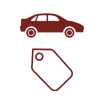
SEQUENCE LABELING OF PARTS
Labeling is another important consideration with any sequencing project. In addition to any internal supplier labeling requirements, the manufacturer usually requires specific labels to be affixed to the parts and the shipping racks. These requirements, of course, vary by manufacturer. They can also vary by each manufacturer plant, as they have their own internal initiatives and specifications. Usually, each sequenced part will require a bar-coded label, along with some other basic part information, such as sequence number, customer part number, etc. It is important to finalize the label requirements for each program, as they may change. Part labels can vary in size from as small as .75″ x 1.5″, to a more common 2″ x 4″ label size, or larger.

BUILD IN SEQUENCE DRAWBACKS
One of the possible drawbacks to building in sequence is the business issue associated with falling behind in production requirements in the event of a major disruption on the supplier’s assembly line, such as a machine breakdown. If enough time is not allotted into the buffer time and a failure occurs or the supplier is unable to address the issue within a specific timeframe, the timely delivery of parts to the manufacturer may be compromised. It is critical, on the part of the supplier, to plan for adequate contingencies, in such instances. Another consideration on the part of the supplier is to ensure the integrity of the build process, and that the finished good is built using the correct substrate, if applicable. Even though such faulty production may likely be caught at the time of the verification of the proper part being built from the proper substrate and placed in the proper slot in the rack, the supplier may have added value to the wrong part that now may be in need of rework or even scrap.
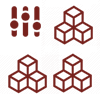
BUILD IN BATCH AND PACK
This method is often adopted by suppliers due to its simplicity to implement. Conceptually, the process mirrors what they are doing already, with the exception of the change in the way the products are placed in the rack and shipped. A drawback to this method is that it generally requires more floor space to be set aside for warehousing of finished goods. In most cases, the floor space is the biggest concern for this method. As with any process, this method can be automated in ways like; pick to light assistance, conveyor lines driven by requirements, Radio Frequency (WISE-RF) directed picking as some examples. Another drawback to this method is that the supplier must keep close track of the inventory levels, especially when engineering changes occur.
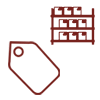
SEQUENCE LABELING OF RACKS
Rack labels also vary in size and specification. A more common type is a standard 4″ x 6″ (or 4″ x 6.5″) AIAG-type shipping label containing several pieces of information. The rack number, high and low sequence number, Plant ID, Line ID, and more may be included on the label. In some instances, the rack label may actually be a simple 8.5″ x 11 piece of paper (without the adhesive), with or without a barcode. The label may also need to contain a grid schematic of the rack with the part numbers listed in the appropriate rack positions. Again, these requirements vary greatly by manufacturer. The objective is Royal 4 Systems and you will work closely with the manufacturer to identify label specification requirements, such as size and content. In addition, the positioning of the labels on the part needs to be addressed. Some parts do not have class B surfaces and alternate solutions for labeling may need to be identified.
There are pre-defined labeling guidelines for all manufacturers, but the each plant has the ability to allow for variations in the labels.

THIRD PARTY SEQUENCER
This option is generally selected by suppliers that have minimal resources available or have no desire to implement and support the systems necessary to facilitate sequencing in house. In turn, they outsource that part of the business to another company whose objectives are to specifically handle these types of business requirements. These third party WISE sequencing companies receive the products in batch from the supplier. They then pick and pack or assemble them to sequence. Finally they ship them in sequence to the manufacturer.

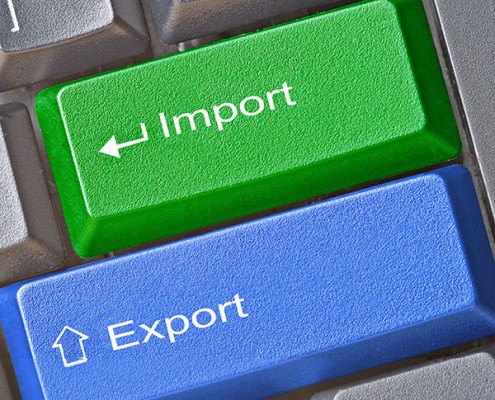

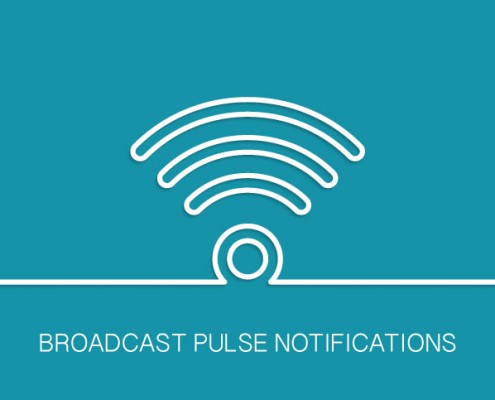
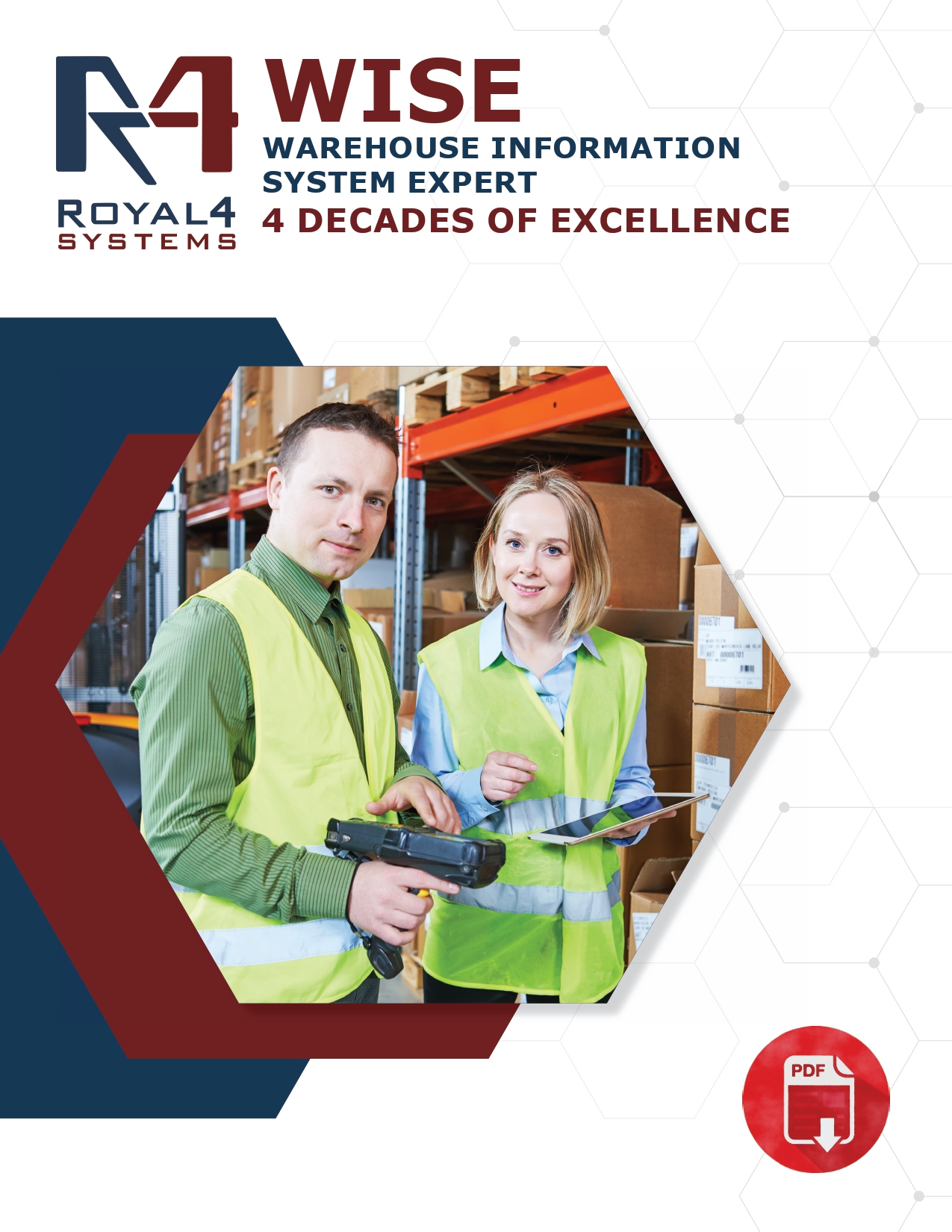
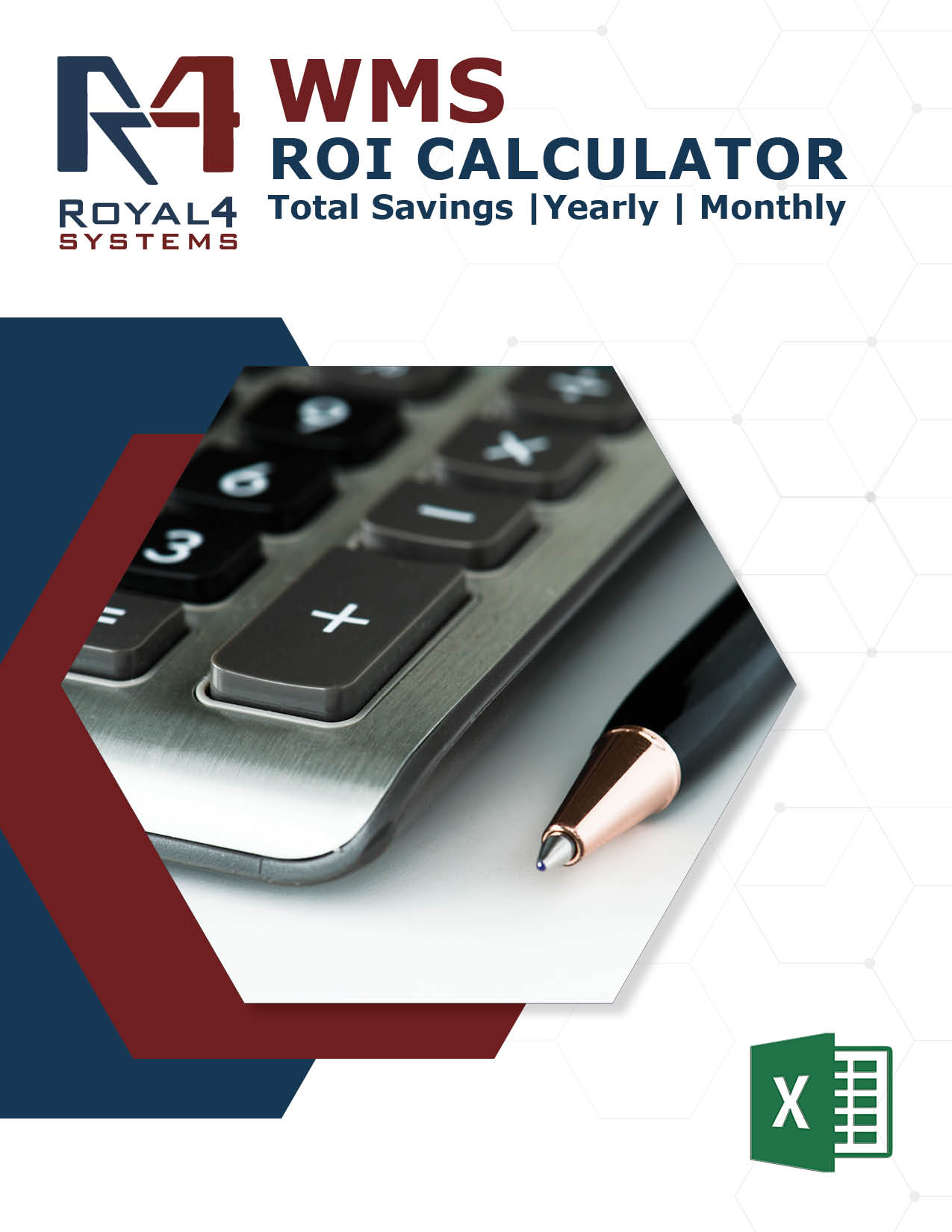
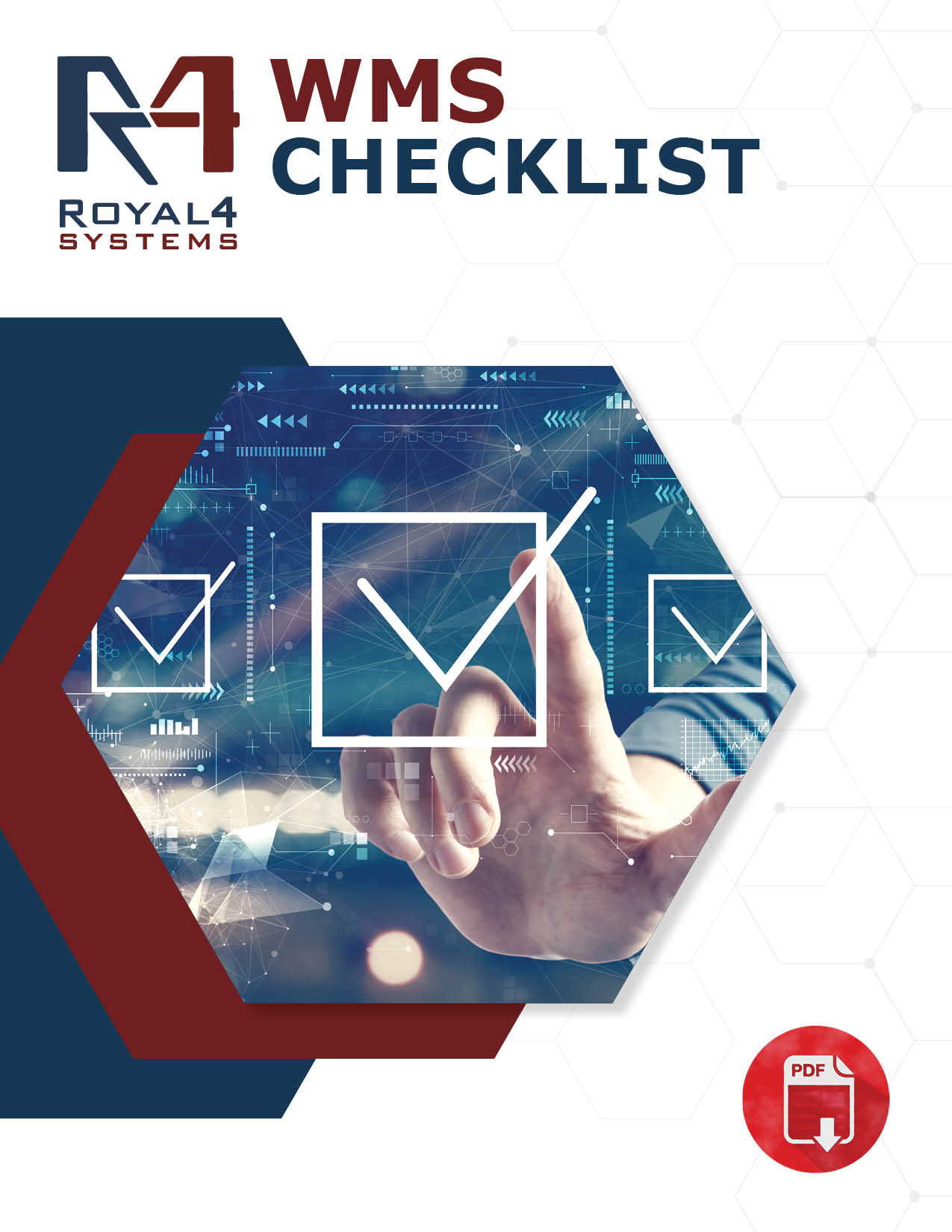
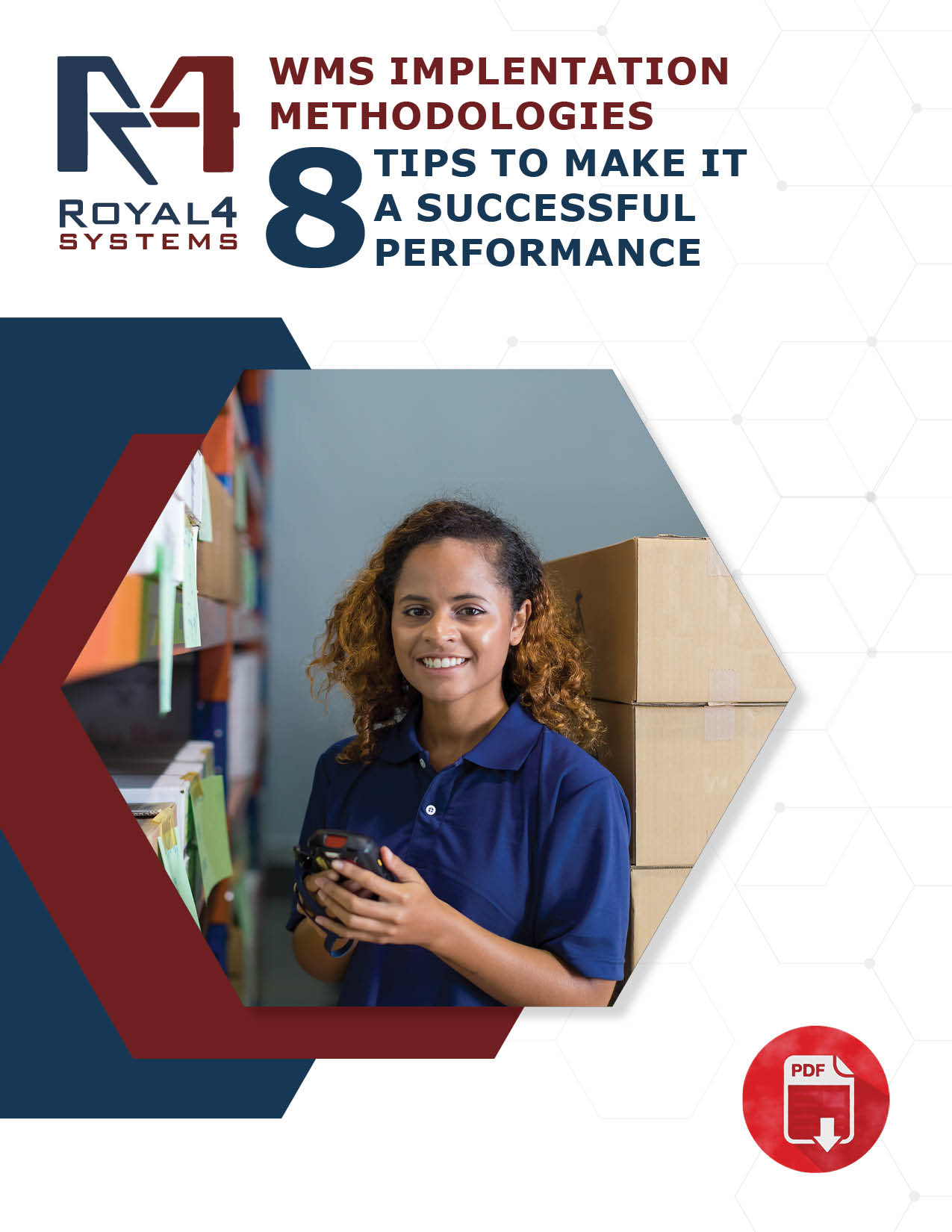

![image001[25]](https://www.royal4.com/wp-content/uploads/2023/11/image00125.png)